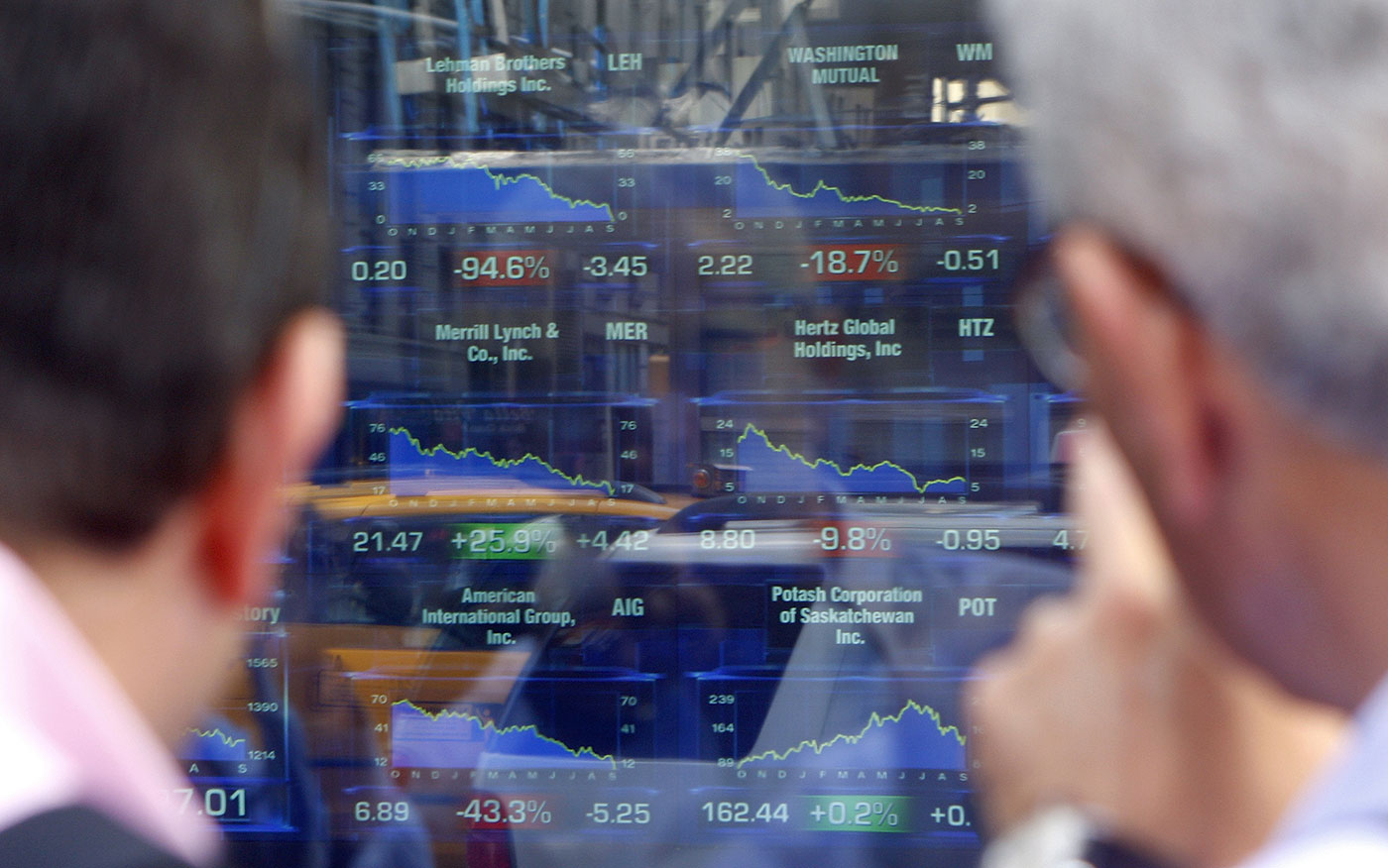One of the brightest trends to emerge in financial markets last year was the resumption of dividend growth and it arrived none too soon as U.S. interest rates hovered around historic lows.
Payout growth was strong throughout the year, but the fourth quarter paints an accurate picture of what equity income investors were treated to in 2021.
As things pertain to the S&P 500, “Q4 2021 U.S. common dividend increases were $20.6 billion, down 7.5% from $22.2 billion in Q3 2021 and up 48.5% from $13.9 billion in Q4 2020,” says S&P Dow Jones Indices. “Net indicated dividend rate change increased $18.0 billion, compared to $20.9 billion in Q3 2021, and $9.5 billion in Q4 2020.”
That’s impressive, but there’s likely more on the way this year. Entering this year, U.S. companies stockpiled $7 trillion in cash and plenty of that will be used for buybacks and dividends. On that note, Bank of America’s Savita Sabramanian is forecasting S&P 500 dividend growth of 13% this year.
Even if that prediction is off by a couple of percentage points, the point is that the stage is set for more payout growth this year and that could be good news for these dividend ETFs.
1. WisdomTree U.S. LargeCap Dividend Fund (DLN)
The WisdomTree U.S. LargeCap Dividend Fund (DLN) is one of the more venerable members of the dividend ETF landscape, particularly among the funds that don’t emphasize yield. DLN turns 16 years old in June. More important than age is methodology.
DLN components are weighted by the dividends paid in an effort to project what member firms’ payouts will be in the year ahead. In other words, DLN is one of the dividend ETFs that really puts investors on the right track to payout growth – a concept that’s increasingly important at a time when inflation shows little sign of relenting. Inflation is likely to give way to higher interest rates, which also support the case for DLN.
“Scarcity is another argument in favor of dividends, as 50% of stocks in the US BofA Research coverage universe offer no dividend, up from 33% in 2014. Higher rates should also support dividend growth as our economists expect the Fed to hike in March with 25bps of hikes in each of the next eight quarters,” adds Bank of America.
2. Invesco Dividend Achievers ETF (PFM)
Speaking of growth, the Invesco Dividend Achievers ETF (PFM) is one of the payout ETFs that really focuses on that concept. PFM follows the NASDAQ U.S. Broad Dividend Achievers Index, which requires that member firms have dividend increase streaks of at least a decade to be included. That’s something to consider because it’s no guarantee that dividend growth will be widespread in 2022.
“Within the S&P 500, companies still appear cautious of increases, as they paid out the lowest percentage of quarterly earnings in over a decade, but still set a dividend payment record in Q4 and 2021,” said Howard Silverblatt, senior index analyst at S&P Dow Jones Indices. “While COVID continues to dominate the headlines, the market continues to post significant gains, which has reduced yields. Based on the historical dividend increase rate and current indicated dividend rates, 2022 is on track to set another record in 2022, with COVID determining the increase amount.”
PFM holds 348 stocks with the technology and healthcare sectors combining for over 31% of the dividend ETF’s roster.
3. ProShares S&P 500 Dividend Aristocrats ETF (NOBL)
The ProShares S&P 500 Dividend Aristocrats ETF (NOBL) is a dividend ETF made for long-term investors that like dependability and reduced volatility. The fund follows the S&P 500 Dividend Aristocrats Index, which requires dividend increase streaks of 25 years for companies to gain admission.
While NOBL has a heavy value and defensive tilt, it’s relevant consideration this year due to its inflation-fighting capabilities and its track record of lower downside capture than broader benchmarks when markets falter.
“Amidst rising costs, a growing dividend stream takes on added significance for income investors,” says ProShares Senior Investment Strategist Kieran Kirwan. “Growing a dividend is perhaps the most obvious signal that management can send when it’s confident in a company’s ability to deliver consistent and growing cash flows and earnings, which ultimately are the lifeblood of dividends. All else being equal, more growth equals more confidence.”
The views and opinions expressed herein are the views and opinions of the author and do not necessarily reflect those of Nasdaq, Inc.
www.nasdaq.com
